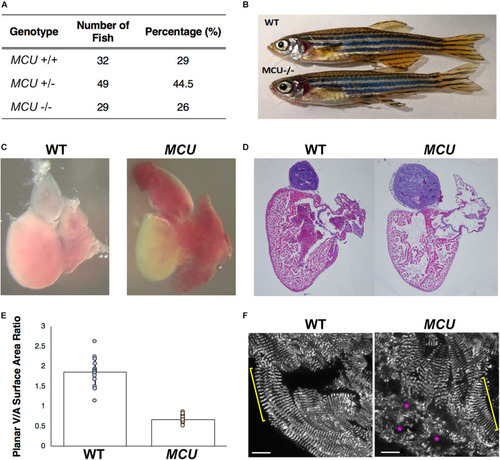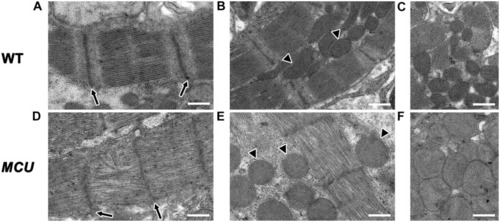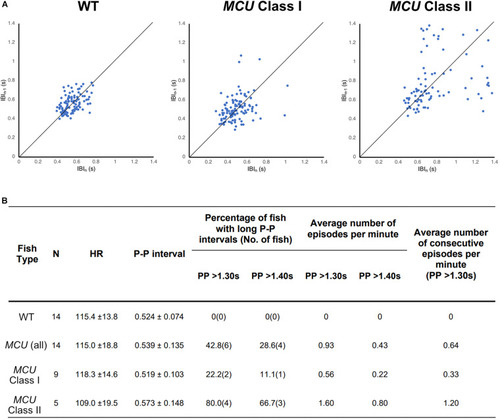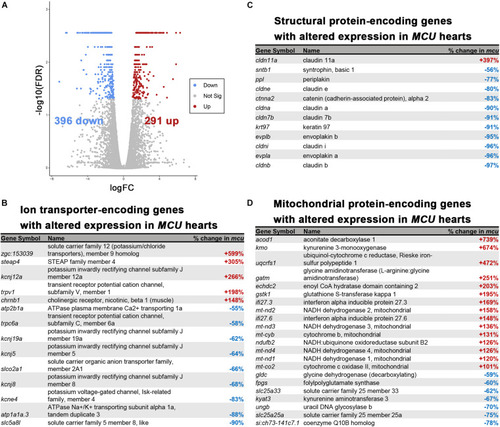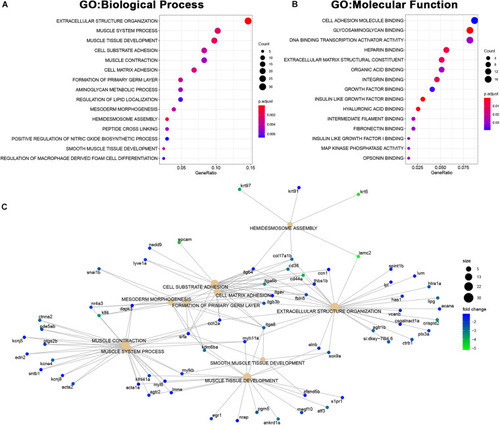- Title
-
Mitochondrial Calcium Uniporter Deficiency in Zebrafish Causes Cardiomyopathy With Arrhythmia
- Authors
- Langenbacher, A.D., Shimizu, H., Hsu, W., Zhao, Y., Borges, A., Koehler, C., Chen, J.N.
- Source
- Full text @ Front. Physiol.
|
Targeted mutation of EXPRESSION / LABELING:
PHENOTYPE:
|
|
Cardiac morphological analysis of adult PHENOTYPE:
|
|
Transmission electron microscopy analysis of PHENOTYPE:
|
|
Electrocardiogram analysis of wildtype and PHENOTYPE:
|
|
Analysis on cardiac arrhythmia in PHENOTYPE:
|
|
RNA-seq analysis of the |
|
Upregulated genes in |
|
Downregulated genes in |


